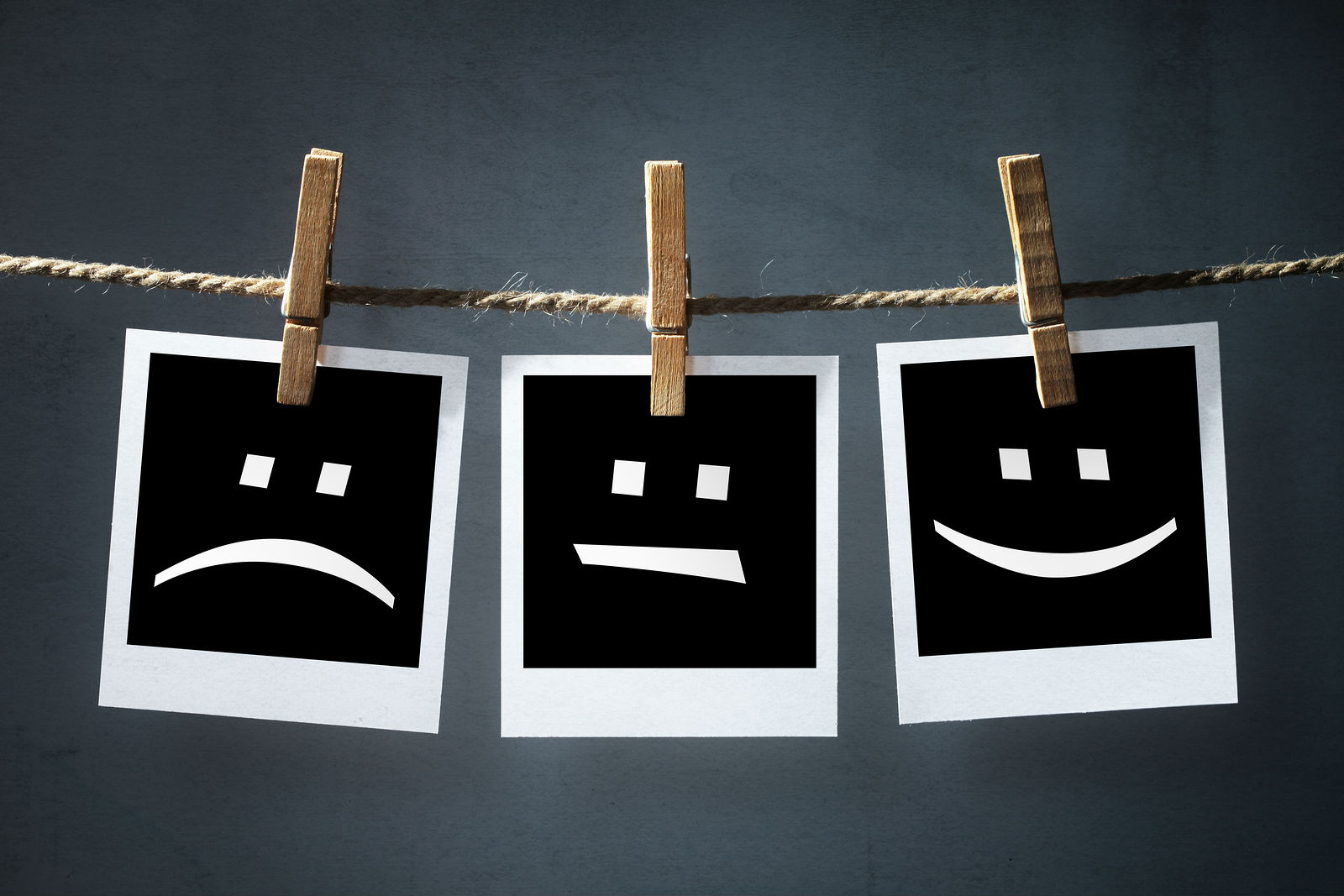How often do you encounter this situation? You’re working with a reputable and reliable company and the event quickly turns into a fiasco. It moves so far from delivering customer success that you ask yourself if this could be the same company.
To make matters worse, it’s often a company that prides itself on delivering the highest level of customer experience (CX). Doesn’t it make you wonder how much substance or truth is behind their claim?
My recent misfortune, which I will describe shortly, reinforces the message I continually deliver to clients: Every company looking to maintain loyalty and grow financially should continually ask themselves, “Would our customer’s experience be considered easy and effective?” and “When was the last time we looked at our customer journey?”
I will share with you some proven ideas to become better connected with your customers, and deliver loyalty-building and profit-growing results. But, before I begin, I’ll set the stage with the story that precipitated this article.
I needed to contact a company for TV support. When I did, as in the past, I am addressed as a preferred customer and they thank me profusely. Oh yes, I have worked with them for more than 12 years. By now, you would think, my confirmation information, my issue, etc., will travel with me regardless of where I’m transferred during the interaction. After 4 transfers and repeating the issue each time, I was able to resolve the issue. Or, so I thought. After I hung up, the issue recurred. So, I called again…three more transfers…resolution, finally—and an email confirmation, which wasn’t part of the process the first time.
It’s about the customer experience…delivery and results
I wonder how many companies really follow through on the CX strategy they’ve put in place. Why? Think about how often companies fail to deliver a quality customer experience regardless the investment they’ve made.
It’s clear from my recent experience that the TV support process has never been thoroughly vetted from a customer’s perspective, which is where the customer journey map process would be so useful. This is evidenced by the complexity of my having to weave through multiple barriers to resolution and the company’s poor execution. It makes me wonder how many other companies own CX strategies are built on a house of cards.
The path to delivering positive customer experiences begins with understanding the customer journey
Delivering a consistently satisfactory customer experience is more challenging than one realizes. Organizations learn that there is much more to the job of engaging and retaining customers than just putting some processes in place and moving on to the next challenge. While they may recognize the need to provide easy and rewarding experiences, they’re challenged with designing, developing, executing, and delivering an integrated customer experience strategy. In fact, many businesses still do not walk the journey from their customer’s view.
Today, there are still far too many of you who feel you already know what needs to be done and how to do it without taking time to walk it from your customer’s side. Well, let me help you: That is simply not going to work!
Know how to ask the right questions about your process
The challenge is to move your game to the next level by taking an approach that links strategy, vision, measurements, technology, organization, engagement, and the like. At the same time, nail down customers’ outcomes and then design around it. You can no longer be good at CX; you have to be better—even best at it. Any less than this no longer suffices.
I like customer journey mapping as a powerful tool of choice. Customer journey mapping is a proven tool that allows you to focus on the customers’ experiences with your company. This way, you learn more about your customer: how they define success, how to deliver successful customer experiences, and how to make them happy while growing your profits.
To move from delivering a good experience to a better or great experience requires that you set aside past practices and consider some changes. These are 12 that I share with clients:
- Have your processes been customer journey mapped?
- Have the barriers to successful performance been identified and removed?
- Has the journey map allowed a good look at your internal technology, is that technology easy to use, and does it make the right information available to the right people when they need it?
- Is there organizational alignment?
- Has the journey map added clarity to your rules of channel engagement?
- Has the journey map provided the clarity needed to demonstrate why your silos must melt away and set the course for a mind-set that foregoes silo thinking to facilitating customer success?
- Are your customer processes aligned to metrics that gather insight to move forward?
- What personas are you addressing?
- What type of feedback do you want to collect, and how will you engage customers to obtain it?
- Is your organization robust with passionate employees who are engaged?
- Has the journey mapping effort given you the needed focus on the customer segments, micro-experiences, and channel details that are at the core of your strategic business processes?
- How will you measure success?
My takeaway
How you answer these questions will give you insight into whether your CX effort is built on a house of cards, like too many businesses today, or built to deliver those customer loyalty–building experiences—or, as I like to say, that aha customer moment, one that delights your customer as it delivers customer success.
 About the Author
About the Author
Dennis Gershowitz is founder and principal of DG Associates, a consulting firm that specializes in driving service revenues and profits through the development and implementation of customer experience management (CEM) strategy and service operations improvements. Contact Dennis at dennisg@dgassociates.net

